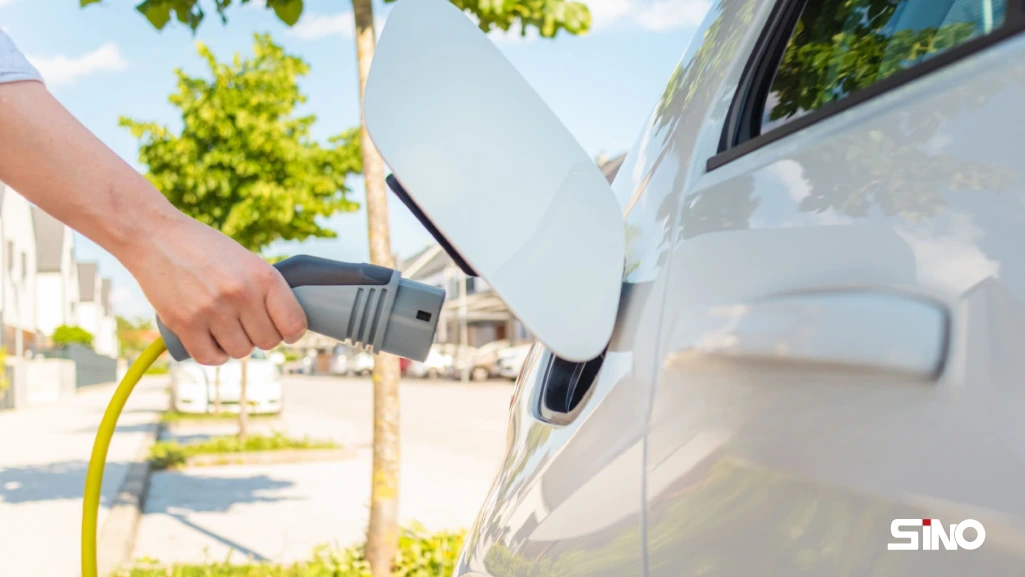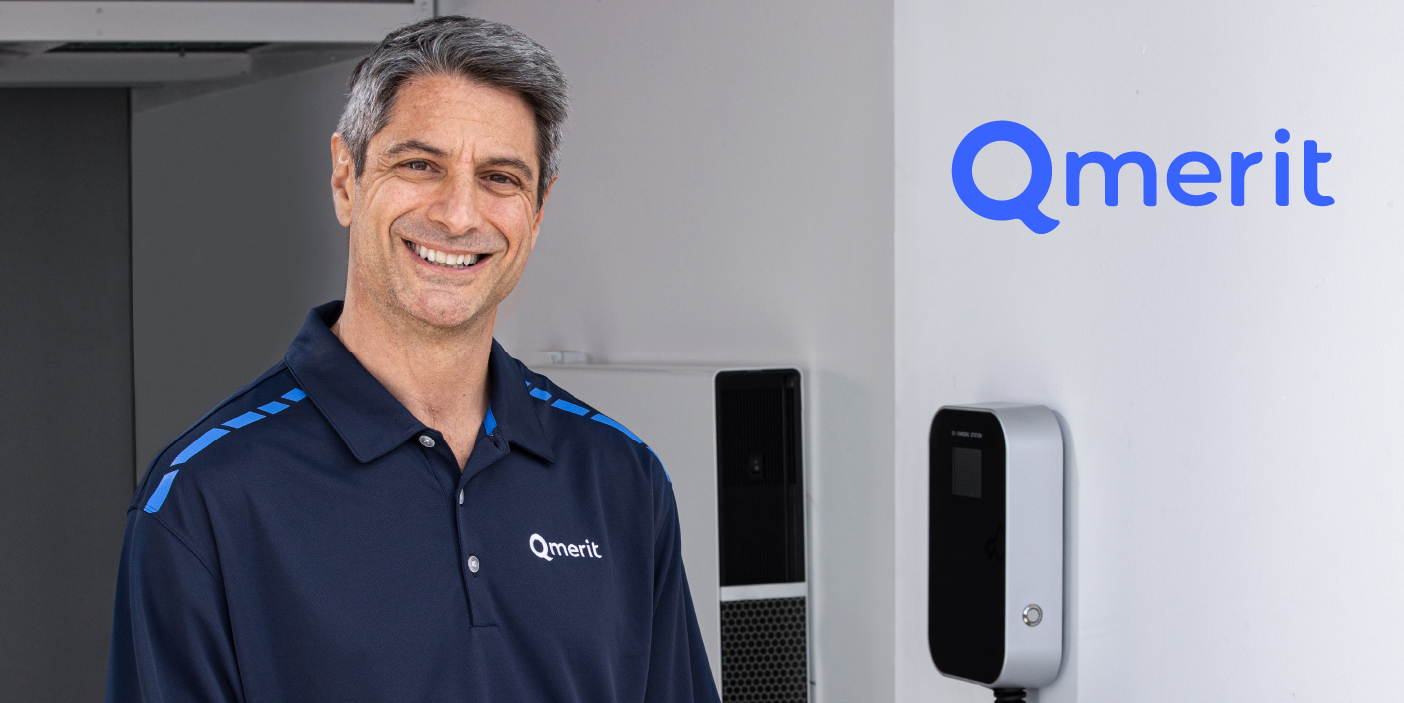EV owners may have concerns about the longevity of their car's high voltage traction battery. Will the car's battery last 8 years? 10 years? 15? High-mileage EVs were thought to be rare, or at least decommissioned, because of fears of permanent battery degradation.
For this thread, battery degradation is defined as a permanent reduction of battery driving range, or damage to battery cells not caused by an accident.
It's not the same as a drop in driving miles caused by speed, such as going say 70 MPH vs. 30 MPH. Or fewer miles caused by turning the cabin heat up to blast furnace in winter, or rolling on under-inflated tires. Those are temporary. Slowing you speed, moderating your climate settings, keeping your tires at proper pressure will restore range.
Instead, we are talking about things that may permanently damage or age your battery. Yes, this will also reduce range, but the range is forever lost.
Will my Equinox EV suffer battery degradation?
Yes, eventually your car battery will degrade (age).
Note: EV's (indeed any type of car) will have reduced winter driving range due to increased use of cabin heating, less road traction, denser air, and the like. More electricity is used for these so less is available for travel distance. That's a seasonal fluctuation rather than a permanent degradation issue.
What Happens If It Does?
As it ages, you'll start seeing less driving range. Eventually, a battery cell or two may become so weak it may cause problems for the entire battery pack, throwing errors or even making the car undriveable.
If the cell is bad enough, the battery module that contains the weak/bad cell will need to be replaced. The good news is the Equinox EV uses the Ultium battery platform. It was designed to allow the battery pack to be serviced and for modules to be replaced. This is not the case for all EV's. Some car makers require the entire, expensive battery pack be replaced.
Based on previous GM EV's, the Equinox EV should not experience any battery issues within it's 8 year warranty, and very likely many years beyond (my Volt is over 12-1/2 years old as of this writing, and I am not alone).
What Factors Affect Degradation? What Can I Do To Minimize it?
There are a number of factors you should be aware of that can affect an Equinox EV's battery life:
Age vs. Battery Degradation What About Miles?
The takeaway: Don't worry about the car miles as related to battery degradation. Do be aware that battery age does have an affect. So don't avoid putting miles on the car thinking that the battery will last longer.
Based on the last decade of EV experience, 200,000 and 300,000 miles are not a big factor in battery degradation.
Anecdotally, battery degradation is more age-based than miles driven. Even AA battery packaging has a "best use by" date. Volt owners start to see some degradation after about 10 years regardless of odometer miles.
Full Charge/Discharge vs. Battery Degradation
Another factor can be 100% discharges and 100% charges. Lithium ion batteries don't like being fully discharged, and to some extent, being fully charged.
The Volt for example was engineered to avoid both extremes by keeping a portion of the battery essentially blocked off as a buffer at the high and low ends. The buffer's are not normally accessible to the driver and act to as a protrective cushion against 100% discharge or 100% charge.
My Bolt doesn't have this safety net, but it does have a selectable setting called Hilltop Reserve that stops the charging at ~90% preventing a 100% charge (you can turn it off if planning a long trip and want 100% charge). Hilltop Reserve is used by those who say, live on a hill. In the morning, the car's regeneration can be used to top of the battery as the car goes downhill. Otherwise, a full battery would waste the free gravity-assist charge opportunity. And of course I never run the battery down to 0% charge.
The Blazer EV owner's manual addresses this as well:
"GM recommends the following:
. Unless your drive requires a full charge, charge the high voltage battery to 80% or less.
. Avoid allowing the high voltage battery to fall below 20% charged, if possible.
Newer Bolts have Hilltop Reserve replaced by a user selectable charge limit. Now you can set exactly the max charge you want by 5% increments via a Target Charge Level tab on the Charging screen.
The Equinox EV has a charging settings screen that enable you to set a maximum charge percentage. 80% is recommended for daily use. 100% if taking a long trip.
![Image]()
The newer Bolts can use the location-based charging to make the charge setting "stick" to what you want it to be when charging at Home or away. The Blazer EV has this capability, so I expect theEquinox EV will have it.
Extreme Heat vs. Battery Degradation
Whenever possible, while parked keep the car plugged in so the car can keep the battery cool in very hot weather. The car can then keep the battery in its preferred temperature range. Being too hot can shorten battery life.
Because batteries can be degraded by heat, most EV's have active liquid Thermal Management Systems. The Equinox EV (and all Ultium battery platforms) have active liquid TMS.
Extreme Cold vs. Battery Degradation
Whenever possible, while parked keep the car plugged in so the car can keep the battery warm in very cold weather. A frozen battery may cause degradation, being too cold can shorten battery life.
Most EV's have active liquid Thermal Management Systems. The Equinox EV (and all Ultium battery platforms) have active liquid TMS. The TMS will keep the battery in its preferred temperature range.
DC Fast Charging vs. Battery Degradation
The car controls DC fast charging, so there's not much you need to do or worry about.
While there is some concern that frequent, heavy use of DC fast charging has potential to degrade the battery, GM has said the Ultium batteries can take it.
So why the DC fast charging concern? The very high heat generated during DC fast charging has the potential to "cook" a battery.
This is why the car's active liquid cooling Thermal Management System (TMS) is very important. It keeps the battery cool by drawing away the heat. The Equinox EV has a great TMS and will also limit the rate the car is charged at. For good or bad, GM is very conservative on this.
Part of the maximum charge rate is also dependent on the voltage of the car. EV's like the Hummer EV and Silverado EV based on a 800V system can sustain higher charge rates than the Equinox EV.
NOTE: The AC charging you do at home doesn't create the heat that DC charging does, and the car's TMS will handle whatever comes its way. Don't worry about home charging from a heat degradation standpoint. While plugged in, you may hear fan or pump noises even if the car is not on. This is normal, it's the TMS doing its job.
Conclusion
1) Battery charging is something you have control over. How you charge the car can affect battery longevity. Avoid 100% discharge, charge to 80% max as standard practice unless you have a big trip coming. It's safe and OK to charge to 100%, but if you want to maximize battery life, minimize 100% charges when possible.
2) Whenever possible, keep the car plugged in when not in use. This helps the TMS keep the battery in a Goldilocks temperature range during extreme temperatures conditions.
- What is battery degration?
- Will my Equinox EV suffer battery degradation?
- What happens if it does?
- What factors affect deflation and are there do's and dont's I can use to minimize degradation?
For this thread, battery degradation is defined as a permanent reduction of battery driving range, or damage to battery cells not caused by an accident.
It's not the same as a drop in driving miles caused by speed, such as going say 70 MPH vs. 30 MPH. Or fewer miles caused by turning the cabin heat up to blast furnace in winter, or rolling on under-inflated tires. Those are temporary. Slowing you speed, moderating your climate settings, keeping your tires at proper pressure will restore range.
Instead, we are talking about things that may permanently damage or age your battery. Yes, this will also reduce range, but the range is forever lost.
Will my Equinox EV suffer battery degradation?
Yes, eventually your car battery will degrade (age).
Note: EV's (indeed any type of car) will have reduced winter driving range due to increased use of cabin heating, less road traction, denser air, and the like. More electricity is used for these so less is available for travel distance. That's a seasonal fluctuation rather than a permanent degradation issue.
What Happens If It Does?
As it ages, you'll start seeing less driving range. Eventually, a battery cell or two may become so weak it may cause problems for the entire battery pack, throwing errors or even making the car undriveable.
If the cell is bad enough, the battery module that contains the weak/bad cell will need to be replaced. The good news is the Equinox EV uses the Ultium battery platform. It was designed to allow the battery pack to be serviced and for modules to be replaced. This is not the case for all EV's. Some car makers require the entire, expensive battery pack be replaced.
Based on previous GM EV's, the Equinox EV should not experience any battery issues within it's 8 year warranty, and very likely many years beyond (my Volt is over 12-1/2 years old as of this writing, and I am not alone).
What Factors Affect Degradation? What Can I Do To Minimize it?
There are a number of factors you should be aware of that can affect an Equinox EV's battery life:
- Advanced Age
- 100%l Charge, 100% Discharge
- Extreme Heat
- Extreme Cold
- Aggressive DC Fast Charging
Age vs. Battery Degradation What About Miles?
The takeaway: Don't worry about the car miles as related to battery degradation. Do be aware that battery age does have an affect. So don't avoid putting miles on the car thinking that the battery will last longer.
Based on the last decade of EV experience, 200,000 and 300,000 miles are not a big factor in battery degradation.
Anecdotally, battery degradation is more age-based than miles driven. Even AA battery packaging has a "best use by" date. Volt owners start to see some degradation after about 10 years regardless of odometer miles.
Full Charge/Discharge vs. Battery Degradation
Another factor can be 100% discharges and 100% charges. Lithium ion batteries don't like being fully discharged, and to some extent, being fully charged.
The Volt for example was engineered to avoid both extremes by keeping a portion of the battery essentially blocked off as a buffer at the high and low ends. The buffer's are not normally accessible to the driver and act to as a protrective cushion against 100% discharge or 100% charge.
My Bolt doesn't have this safety net, but it does have a selectable setting called Hilltop Reserve that stops the charging at ~90% preventing a 100% charge (you can turn it off if planning a long trip and want 100% charge). Hilltop Reserve is used by those who say, live on a hill. In the morning, the car's regeneration can be used to top of the battery as the car goes downhill. Otherwise, a full battery would waste the free gravity-assist charge opportunity. And of course I never run the battery down to 0% charge.
The Blazer EV owner's manual addresses this as well:
"GM recommends the following:
. Unless your drive requires a full charge, charge the high voltage battery to 80% or less.
. Avoid allowing the high voltage battery to fall below 20% charged, if possible.
Newer Bolts have Hilltop Reserve replaced by a user selectable charge limit. Now you can set exactly the max charge you want by 5% increments via a Target Charge Level tab on the Charging screen.
The Equinox EV has a charging settings screen that enable you to set a maximum charge percentage. 80% is recommended for daily use. 100% if taking a long trip.
The newer Bolts can use the location-based charging to make the charge setting "stick" to what you want it to be when charging at Home or away. The Blazer EV has this capability, so I expect theEquinox EV will have it.
Extreme Heat vs. Battery Degradation
Whenever possible, while parked keep the car plugged in so the car can keep the battery cool in very hot weather. The car can then keep the battery in its preferred temperature range. Being too hot can shorten battery life.
Because batteries can be degraded by heat, most EV's have active liquid Thermal Management Systems. The Equinox EV (and all Ultium battery platforms) have active liquid TMS.
Extreme Cold vs. Battery Degradation
Whenever possible, while parked keep the car plugged in so the car can keep the battery warm in very cold weather. A frozen battery may cause degradation, being too cold can shorten battery life.
Most EV's have active liquid Thermal Management Systems. The Equinox EV (and all Ultium battery platforms) have active liquid TMS. The TMS will keep the battery in its preferred temperature range.
DC Fast Charging vs. Battery Degradation
The car controls DC fast charging, so there's not much you need to do or worry about.
While there is some concern that frequent, heavy use of DC fast charging has potential to degrade the battery, GM has said the Ultium batteries can take it.
So why the DC fast charging concern? The very high heat generated during DC fast charging has the potential to "cook" a battery.
This is why the car's active liquid cooling Thermal Management System (TMS) is very important. It keeps the battery cool by drawing away the heat. The Equinox EV has a great TMS and will also limit the rate the car is charged at. For good or bad, GM is very conservative on this.
Part of the maximum charge rate is also dependent on the voltage of the car. EV's like the Hummer EV and Silverado EV based on a 800V system can sustain higher charge rates than the Equinox EV.
NOTE: The AC charging you do at home doesn't create the heat that DC charging does, and the car's TMS will handle whatever comes its way. Don't worry about home charging from a heat degradation standpoint. While plugged in, you may hear fan or pump noises even if the car is not on. This is normal, it's the TMS doing its job.
Conclusion
1) Battery charging is something you have control over. How you charge the car can affect battery longevity. Avoid 100% discharge, charge to 80% max as standard practice unless you have a big trip coming. It's safe and OK to charge to 100%, but if you want to maximize battery life, minimize 100% charges when possible.
2) Whenever possible, keep the car plugged in when not in use. This helps the TMS keep the battery in a Goldilocks temperature range during extreme temperatures conditions.









